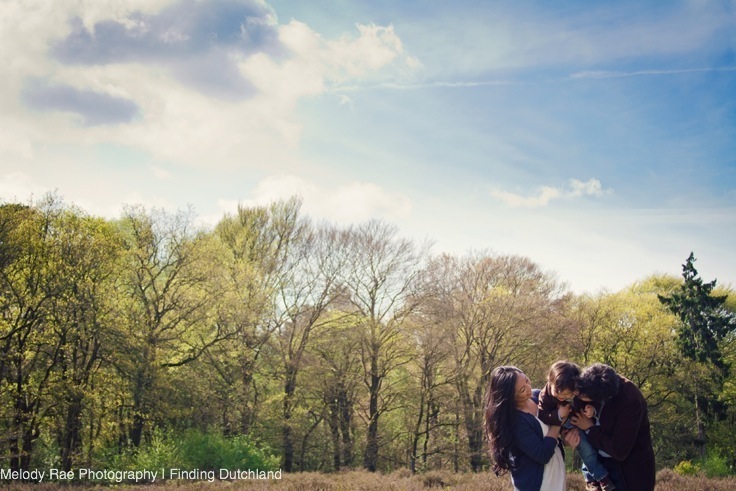Just like fellow blogger Mia Wenjen from Pragmatic Mom, when people ask me “Where I am really from”, this video is one of the first thoughts that come to mind.
I often wish I had the bravado to carry off a similar reaction in the end. Alas, I have yet to build up that kind of swagger without losing my composure in a fit of laughter. Though to be honest, it wasn’t until I had moved to the Netherlands did that seemingly innocuous question become such a personally loaded one.
The question isn’t as much as being curious to know about your own personal situation but rather your own ethnic origin regardless of nationality. The color of my skin has become my initial business card and from there, people like to make several assumptions until they hear me open my mouth.
As a child of immigrant Filipino parents, being Filipino-American wasn’t a novelty. It was perfectly normal. In a recent Slate article titled “What Language Does Your State Speak“, when English and Spanish were taken out of the equation, Tagalog, the national Filipino language of the Philippines, came out as a clear winner in California, Hawaii and Nebraska. Filipino-Americans are one of the largest immigrant groups in the United States and the second largest Asian-American/Pacific Islander ethnic group. As of the 2010 US Census, the Filipino-American community consisted of 3.4 million people. Filipino-Americans are now the largest Asian-American ethnic group in the entire state of California.
But growing up, I had wanted nothing more but to “fit in”. Whenever Thanksgiving rolled around, the most quintessential American holiday for many people (aside from the 4th of July), I had desperately longed to experience the kind of stereotypical American family gathering depicted on a Norman Rockwell canvas. If we were lucky, a roasted turkey would be present. But it definitely wouldn’t be the center piece.
There would be stiff competition from lechon (roasted suckling pig), pancit (Filipino noodles), mechado (Filipino beef stew), lumpia (Filipino egg rolls) and a dozen other native Filipino dishes. And rather than being an intimate gathering around at the dinner table eating from the family’s finest China, we would all be standing around buffet style happily eating out of paper plates and plastic utensils surrounded by more than forty family members. That’s how we roll.
In hindsight, who exactly was I trying to “fit-in” with? I didn’t fully comprehend my own feelings until now. Not even after being a student of Professor Ronald Takaki at UC Berkeley. I might have gotten an A in his Asian-American studies class, but one of his most crucial messages didn’t surface until nearly ten years after graduation. It wasn’t until late one night, when I was still suffering from severe sleep deprivation due to having a young baby, desperately searching for something that I couldn’t vocalize, did I stumble upon novelist Chimamanda Adichie’s Ted talk “The Danger of a Single Story”.
The flood gates started opening the moment her beautiful soulful voice recollected her journey in finding her own authentic cultural voice.
And the light-bulb finally went on.
Like Adichie, I had grown up in a world where there were no books and stories about growing up that I could directly identify with (as a Filipino-American). I did get my hands on the Amy Tan’s “The Joy Luck Club” and Sandra Cisneros “The House on Mango Street”. But stories written about the Filipino-American childhood experience by Filipino-Americans was and still is painfully missing. And it wasn’t until recently did I make the connection of the importance of telling one’s story.
And after what I’ve experienced in the Netherlands, I’m finally beginning to “check my privilege“. Of the importance of being a storyteller. In honor of May being Asian-American Heritage month, I share my own story of being an Asian( Filipino)-American along with other bloggers around the world. I am a Filipino-American mother, wife and writer currently living in the Netherlands (Europe). Let the conversation begin.


